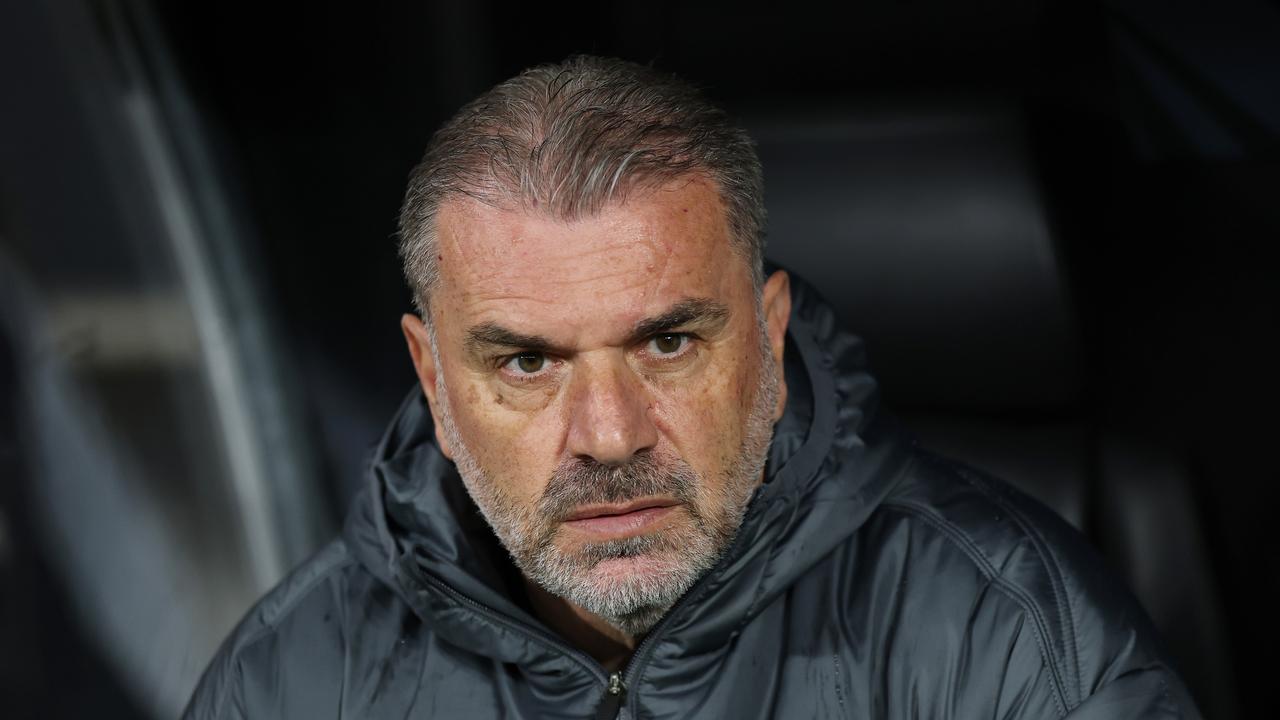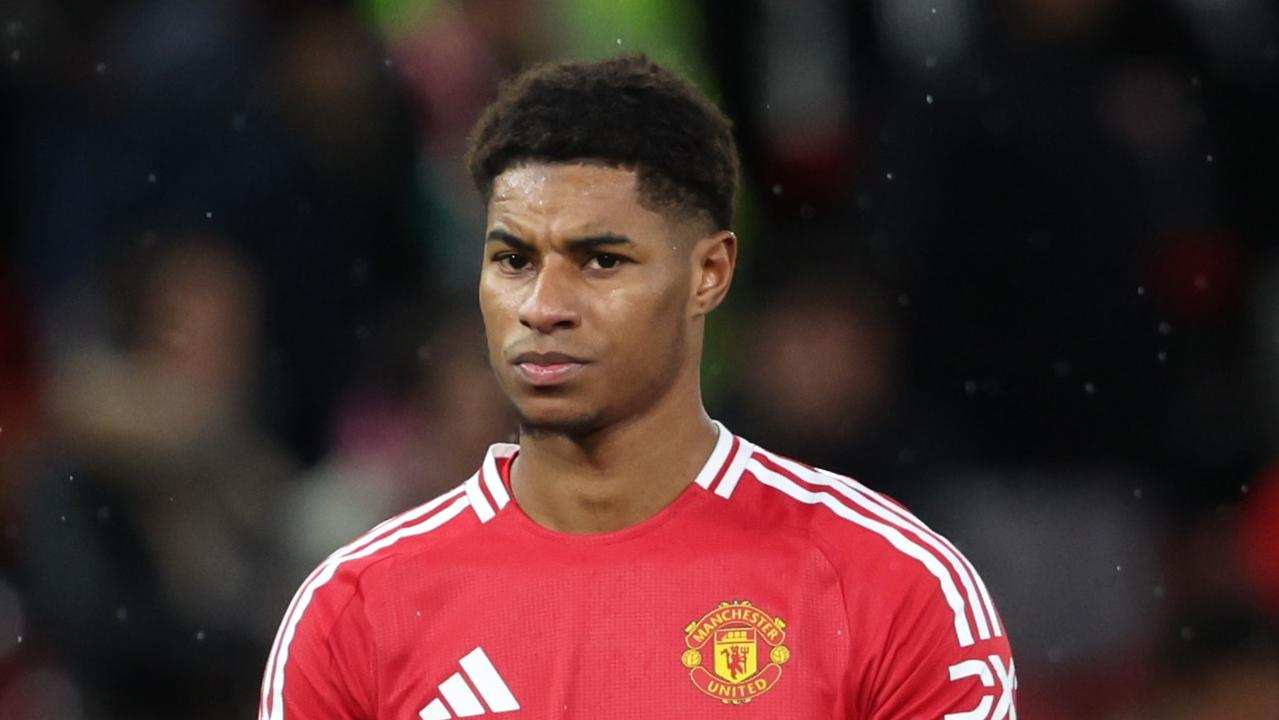We may be heading into a future with pure football
I have been trying to imagine a game without heading — though I really should not have to.

I have been trying to imagine a game without heading — though I really should not have to. Given all the mounting concerns over the impact on brains, and what must still be discovered by neurology, it will feel negligent if the football authorities do not roll out non-heading trials.
Would we miss the back-post nod, deft glance and a thumping clearance off the skull? How fundamentally would it alter the game we love? As Gary Lineker said recently when adding his own anxieties to those of many former professionals: “It’s hard to imagine the game without heading, but maybe it’s worth trialling to see what it looks like.”
He was speaking as one of many former players alarmed by what has emerged over recent years as sport has, very belatedly, woken up to brain trauma. If we are concerned enough to limit heading in training — Chris Sutton estimates that he headed the ball 72,000 times over 18 years as a striker — then the problem is serious enough that all sporting options must be weighed up alongside the medical research.
When Terry Butcher says that he can see football becoming just that — a game of feet — then even one of our most resolute football warriors, famously bleeding from a head wound in an England shirt, understands that the world may need to adapt.
So what would the game look like? The obvious conclusion is a sport following the old Brian Clough maxim — “If God had wanted us to play football in the clouds, he’d have put grass up there” — with less aerial relevance. We can easily foresee wingers needing to produce cutbacks rather than crosses.
A game of the chest and perhaps the shoulder: maybe a comeback for Ronaldinho, given that I have never seen a better footballer with his shoulders; he even passed off his back.
But it is the unintended consequences that trials would have to reveal and there would undoubtedly be many. It may seem obvious that it will lead to fewer long balls pumped forward for flick-ons and knock-downs, yet could there be ways for less skilled teams to create chaos with up-and-unders that cannot be headed away?
You can imagine a coach exploring floated chips forward at just above shoulder height, sailing past infuriated defenders, to lightning-quick strikers running behind. With more goals scored from headers in the lower leagues — more than one in five, compared with one in eight in the top flight — the effects will vary.
Many teams will want to play the ball on the floor, to maintain control, but you can be sure that inventive coaches will come up with disruptive ruses. How will the profile of forwards change? Or the positioning of the defensive line? And do centre halves become shorter but stronger if they cannot head the ball but must compete with a striker trying to chest it down?
That may depend on whether we trial a game without any headers at all, or, as was explored in a recent match for the Head for Change charity, with headers allowed in only the penalty area.
Could that prove a sensible path for balancing a restriction on headers with keeping the skill and value of a fundamental aspect of the game, such as an attacking corner? What happens to those if all heading is banned?
That charity game was described as “a curious spectacle” but no one thought it pointless, even if Head for Change is yet to call for a total ban on heading; rather they want further investigations into the impact on brains and the limits that can reasonably be imposed.
The game cannot afford to be behind the arguments any longer, given that its dreadfully slow response was criticised in July in a report from the digital, culture, media and sport select committee, after a four-month inquiry into the management of brain injuries in sport.
Even if research into the increased rate of dementia among professional footballers is quite recent, concerns have been aired for long enough that the Professional Footballers’ Association, in particular, has been woefully inadequate.
New FA guidelines include a ban on practising heading for primary school kids, while in the professional game advice was introduced this season for clubs to limit “high-force” headers — those after a long pass of more than 35 metres, or from crosses, corners and free kicks — to ten a week in training.
Nuno Espirito Santo, the Tottenham Hotspur head coach, was honest enough to admit that he was not keeping count. Checking in with a couple of other clubs, Spurs are not alone in their vagueness, and do we really imagine that when a manager demands set-piece work, a player will say that he has already used up his allocation of headers for the week? “Sorry, boss, I’ll have to sit this out.”
If the guidelines are properly followed, this should already be a world of less heading — academies such as Bournemouth are cutting down on drills, for example —but it is no longer unthinkable that it could lead to no headers, or very few, in matches.
At the very least, football should be setting about discovering the implications for the game itself while the neurologists continue to establish how far, and how urgently, we may need to act.
The Times


